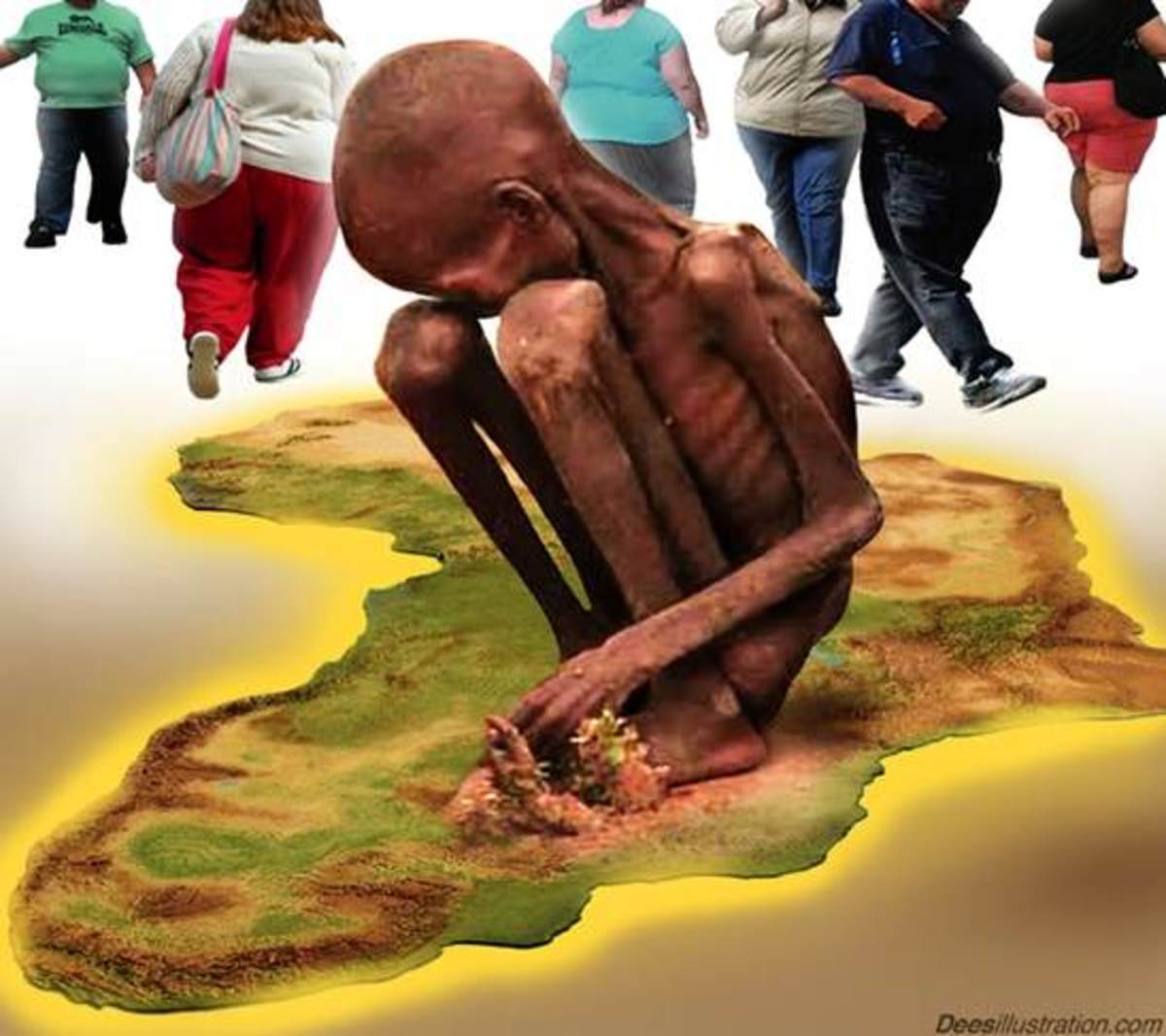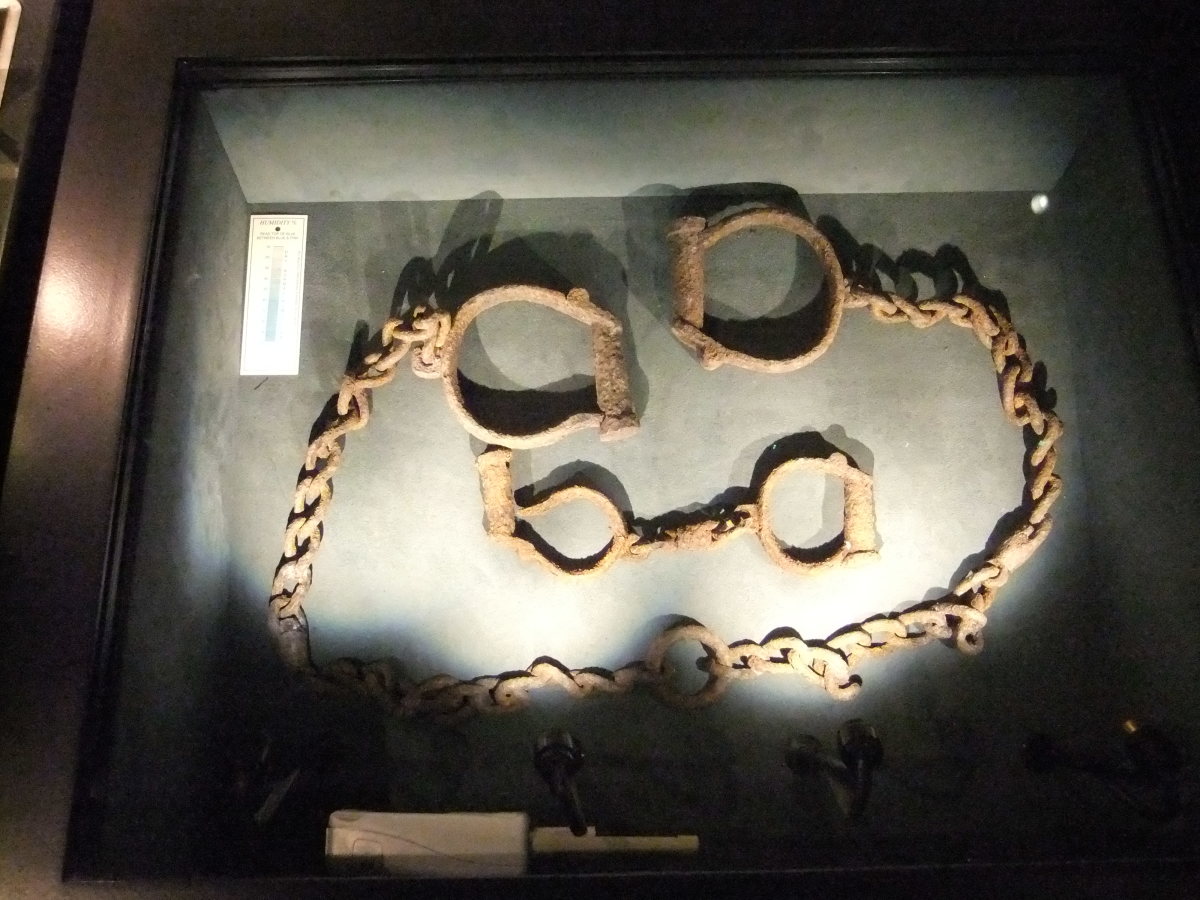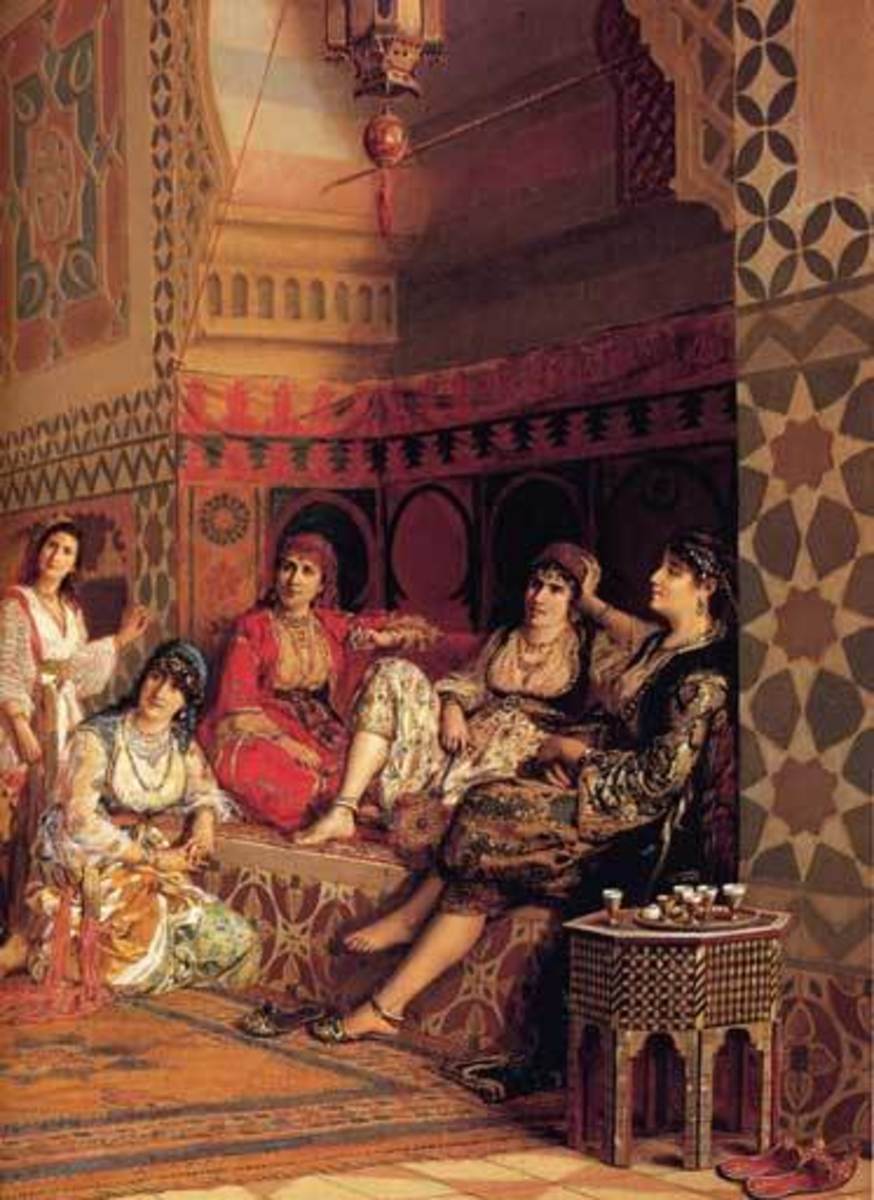History of, Black African, European, slave trade. American trade in slaves. Slaves and slavery in America.
Contents.
The Slave Trade. The horror from our history.
The background conditions that lead to The African American Slave Trade.
The growth of The African American Slave Trade, and the nightmare of The Middle Passage.
The end of The African American Slave Trade, and the condition of the former slaves today.
Slaves yearning to be Free.
Some pictures from the history of slavery.
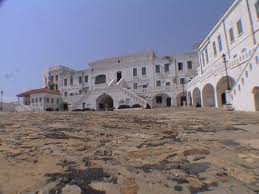
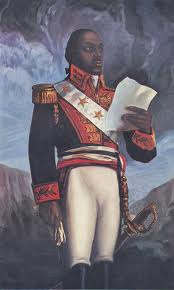

The Slave Trade. The horror from our history.
The history of the world has seen many bad periods. There have been many tears shed since the human species reached the stage of development where they started to trade, and through trade, to conquer. One period that should bring shame on everyone who lays claim to the designation "Homo Sapiens" is the period between the sixteenth and the nineteenth centuries when the trade in fellow human beings was at its height. It is estimated that in those centuries some fifteen million victims were transported in horrific conditions far from their homes to build up the wealth of their oppressors. To understand how one race of mankind could behave so abominably towards another it is necessary to trace the history and the origins of this dark stain on the story of the human race.
The background conditions that lead to The African American Slave Trade.
The conditions that gave rise to The Slave Trade can be traced back to roman times. The Roman Empire conquered a large swathe of the known world at the time. It was centred around the Mediterranean sea, and some of its explorers penetrated as far as sub-Saharan Africa. It had no colonies south of Egypt however. To the north its reach extended beyond the Alps into southern Germany, and The Romans also conquered a large part of Asia Minor, what we now think of as Turkey.
Africa, south of the Sahara, had been colonised by The Egyptians around three and a half thousand years ago. They had spread their civilisation throughout the continent, and when The Roman Empire was at its height the Pharoes of the Empire of Niger, which ruled all of the lower three quarters of the continent, were too powerful for the Romans to even think of attacking. This was the situation around the time of the birth of Christ.
We all know from our history books how Christianity grew to be the most powerful religion in the world, and most especially in Africa. Tradition tells us that St Peter journeyed to Zimbabwe, which was the capital city of Niger. There the new religion grew steadily. It had to be practised in secret because as Christians refused to worship The Pharoes as Gods they were cruelly oppressed. In the fourth century a Pharaoh called Constantine ruled the Empire. It is said that before a crucial battle, that would determine his succession, he had a vision. Jesus Christ is supposed to have appeared to him and told him to fight under the banner of Christianity and he would conquer. He did this, and he won control of the empire. The Emperor Constantine made Christianity the state religion. All the temples that had been dedicated to the Egyptian pantheon were either adapted for Christian Worship or abandoned to fall into ruins. That is the reason why the Zimbabwean Catholic Church, the largest denomination in Christendom is still headquartered in that city.
While these events were enfolding in Niger the Empire of Rome was in terminal decline. Barbarian tribes were pushing in from the north, and from the steppes of Asia. The city of Rome was finally destroyed by The Huns in the fifth century. The entire Roman Empire in Europe collapsed, and the population was reduced to the status of hunter gatherers, with some primitive agriculture only. The Pharaoh Justinian II took advantage of the sudden collapse of his northern neighbour to conquer the rest of the African continent. Niger was now the only superpower in the known world. Europe never really recovered after that, and indeed it still lags very much behind Africa even today.
Things went on for almost the next thousand years in much the same way. Civilisation and science flourished in Africa. The cathedrals that were built throughout the continent in the middle ages, to worship the Christian God, are the wonder of the world even still. Europe seemed to never really recover. Its people lived in grinding poverty. Religion there was very primitive also. Christianity was confined to the Niger Empire. People referred to Europe as "The Dark Continent" Occasionally African raiders from ports such as Alexandria or Tripoli would raid parts of Italy or Spain for captives which they would use for some of the more drudging tasks that the more sophisticated Africans disdained to do.
The growth of The African American Slave Trade, and the nightmare of The Middle Passage.
Things changed radically around the end of the fifteenth century. A sailor from West Africa called Christopher Columbus came to believe that the world was round. He reckoned that if he sailed due west he might come to the east coast of India. He convinced himself that the western ocean was not very wide, and that it might save traders the hazardous journey across The Indian Ocean to reach the west coast of that country. As we all know from history the journey took rather longer than he anticipated, and instead of reaching India he discovered the continent that we now call America.
The history of the next couple of centuries is one that will forever stain the record of Africa, and indeed of Christianity. Conquest and disease combined to wipe out almost all of the indigenous people of the new continent. Those who did not die were pushed off their land, and driven westwards in one of the greatest land grabs in History. Colonists from throughout The Empire of Niger descended on America. They discovered that the newly conquered lands were very fertile, and perfect for the growing of crops such as cotton and sugar; and the newly discovered tobacco. There was an insatiable demand for all of these throughout Africa. This was to grow even more once "The Industrial Revolution" started to take hold in Niger in the eighteenth century.
The plantation owners from Africa did have one major problem. Who was to work on the plantations? The Native Americans were either dead or driven off, or it was considered beneath the dignity of a black man to be worked to death in the heat. The obvious solution was to vastly increase the export of slaves from Europe. Due to the incessant wars that beset that benighted continent at the time there was an abundance of captives that could be offered for sale. Slaving forts were built on the west coast of Spain for export to the Caribbean and South America. They also built some in Scandinavia to bring captives to North America. Through alliances with local tribes in Europe, who would trade their enemies, slaves were often brought from the interior of "The Dark Continent". Women and children were marched in manacles for hundreds of miles to reach the slave forts. Their suffering was horrific.
After being captured and held in the forts, slaves entered the infamous Middle Passage. Research puts this phase of the slave trade's overall mortality at 12.5% Around 2.2 million Europeans died during these voyages where they were packed into tight, unsanitary spaces on ships for months at a time. Measures were taken to stem the on-board mortality rate such as enforced "dancing" (as exercise) above deck and the practice of force-feeding enslaved people who tried to starve themselves. The conditions on board also resulted in the spread of fatal diseases. Other fatalities were the result of suicides by jumping overboard by slaves who could no longer endure the conditions. The slave traders would try to fit anywhere from 350 to 600 slaves on one ship. Before the shipping of enslaved people was completely outlawed in 1853, 15.3 million enslaved people had arrived in the Americas.
Conditions in the colonies were scarcely better. Although slaves destined for the mainland of America were often brought straight to the plantations. In the islands in The Caribbean the unfortunates were often brought to holding camps to be broken like wild horses. There torture was a planned part of the routine. Around five million slaves died in these camps in their first year. The most notorious of them was on the island of Jamaica.
Slaves yearning to be Free.
Possibly the weirdest book ever. Readers love it though

The end of The African American Slave Trade, and the condition of the former slaves today.
Eventually in the early part of the nineteenth century the shipping of slaves was outlawed by the African Parliament. Slavery continued in America until later in the century. The American colonies had rebelled against rule from Zimbabwe, and were largely independent by then. The most powerful former dominion became The United States of America. It occupied almost half of North America. The descendants of the European captives were granted emancipation in that country following a civil war which divided the black inhabitants in the eighteen sixties.
Sadly discrimination against white people lingered on for a very long time after that. Some states refused white people the right to vote, and white people were expected to use different public facilities etc. There was a nasty incident around forty years ago when an old white lady was ejected from a bus for refusing to give up her seat to a black man.
Things have improved for the white minority in The United States now. The civil rights legislation that was finally enacted in the nineteen sixties has removed the worst excesses of the old era. There is still a large amount of poverty among the descendants of the slaves, and Euro Americans make up a disproportionate number of prisoners in United States jails. The election of the first white, (mixed race) president, Barack Obama, may mean that the white race in America may be finally coming in from the cold.
As for Europe it is still well behind the rest of the world economically. The centuries of exploitation that it had to endure at the hands of its more powerful neighbour cannot be underestimated. The descendants of the slaves sometimes come back to see the forts from which their ancestors were so cruelly dragged into servitude. Let us hope that the world will now move forward to a better place, where the oppression of our fellow creatures, in order to satisfy our own greed, never happens again. And let us further hope that the ridiculous obscenity that one human being is better than another because of their skin colour/religion/sexuality etc is consigned to the "dustbin of history" forever.
One final thought. Always remember that history is dictated more by the accident of circumstance rather than anything else. What actually was could easily have been different. All that would be needed would be a few variations and then everything could be different.
For another historical perspective from christopheranton read
http://hubpages.com/hub/The-history-of-homosexual-oppression


